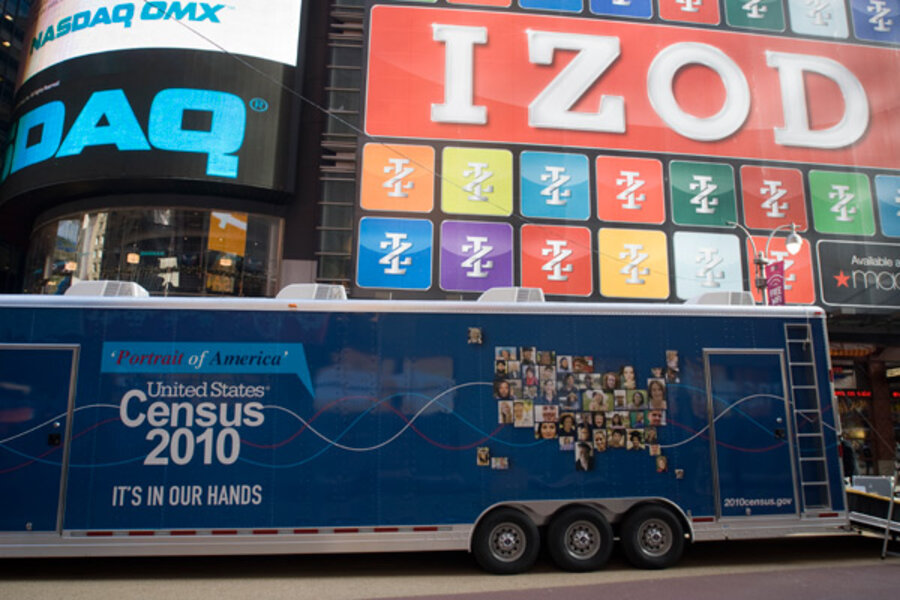2010 census: what to watch out for
Loading...
Some common problems when filling out U.S. census forms, which arrive by mail beginning Monday:
—HOUSEHOLD AND RESIDENCE: These are determined by where people live or sleep most of the time as of April 1. Household members should include babies born on or before April 1, 2010, as well as non-U.S. citizens. The rationale is that cities and states should receive federal money to support everyone who uses their public roads, schools and other programs.
College students who live away from home and U.S. military personnel who live in barracks are tallied in those places.
If you have more than one home, completely fill out the form for your primary residence. For the second home, mark "0'' for number of residents and indicate you live elsewhere. Doing that may help avoid costly visits from a census taker.
For divorced parents who have shared custody of a child, indicate where a child usually lives. If custody is split equally, the child's residence is where he or she is on April 1.
—RACE AND ETHNICITY: If no box exists that describes yourself, or with the level of specificity you prefer, write it in the space marked for "other race." For example, some Caribbean-Americans plan to check the box for "black, African Am., or Negro" and then write in their ancestry. Multiracial people might check several race categories or write in "multiracial," depending on how they self-identify. The labels do make a difference, because census results will be used to redraw congressional districts with racial and ethnic balance.
—INTERNET OPTION: There is none. Census officials in 2008 determined that submitting census data through the Internet posed too large a risk for security breaches. The Census Bureau is testing Web options for 2020, but for now information must be provided on official forms and mailed or submitted to a census taker.
—"LONG FORM": This year's census is only 10 questions. Previously, 1 in 6 households — roughly 20 million — received a detailed census questionnaire called the "long form" that asked about income, disability, commuting, education level and other characteristics. After 2000, the long form was eliminated and replaced by the American Community Survey, which is sent to about three million households each year. If you get an ACS form, the Census Bureau asks you fill out both surveys.
—MISSING FORMS: If you don't receive a census form, Census Bureau director Robert Groves advises that people wait until April 12 to allow time for it to arrive. After April 12, people may call the census help line at 1-866-872-6868. In rural parts of Alaska, census information was collected door-to-door starting in January. In addition, about 12 million addresses, mostly in rural areas and Gulf Coast areas affected by Hurricane Katrina, began receiving hand-delivered forms on March 1.
RELATED: Ready for the 2010 census? Forms start arriving today.





